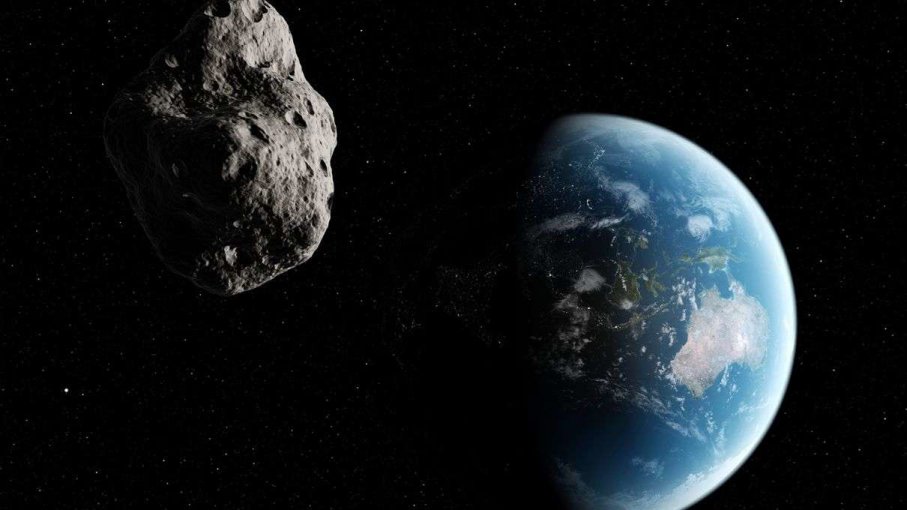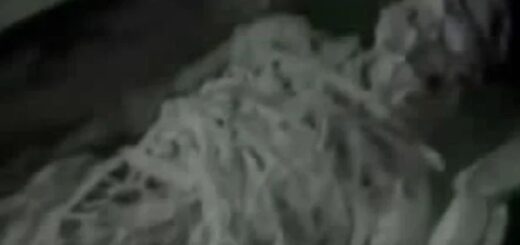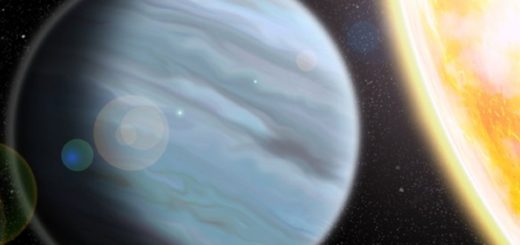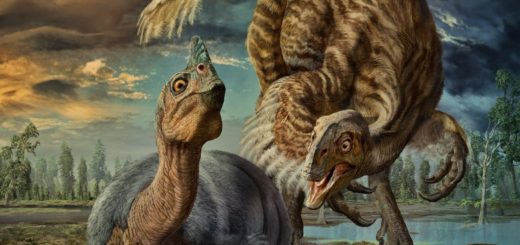Anti-asteroid Space ‘Sentinel’ Could Soon Patrol the Planetary Skies

In 1943, aviator and author Antoine de Saint-Exupéry published “The Little Prince.” It’s a sweet, sad tale of a crashed pilot meeting a young boy (the title character) who claims to be from a tiny asteroid called B-612. The story praises the curiosity of children and the folly of adults. Today, an organization called B612 hopes to avoid future follies by building up a planetary defense system to protect Earth from asteroid collisions.
It would be dangerous to ignore the potential of an asteroid collision. After all, debris from space enters Earth’s atmosphere all the time. Organizations like NASA are well-aware of the dangers. NASA’s Near Earth Object Program searches and tracks objects in space that could pose a threat to the planet. As of March 24, 2016, the program had counted 14,020 near-Earth asteroids, with diameters ranging from less than 30 meters (98 feet) to larger than 1 kilometer (0.6 mile).
These objects have the potential to cause enormous devastation should they collide with Earth. It’s happened before — an asteroid or comet hit Earth on the Yucatan Peninsula in Mexico 65 million years ago and not only left a huge crater but is believed to have been the event that triggered the fifth mass extinction. That’s the one that killed off all the dinosaurs. Much more recent was the Tunguska event, which happened in 1908 in Siberia. Or the 2013 Chelyabinsk event, which also occurred in Russia.
How can we protect ourselves from future collisions? That’s what the B612 Foundation focuses on. Led by former astronaut Ed Lu, their plan is to launch a space telescope called Sentinel. This telescope will orbit the sun between Earth and Venus. B612 will use data from the space telescope and observatories on Earth to identify potential threats in our neck of the solar system, hopefully decades before those threats become imminent.
Before it can undertake its mission though, the telescope needs funding. A lot of funding. In a 2015 interview with Planet Money’s Jacob Goldstein, Lu estimated that building the Sentinel would require at least $500 million more in cash.
Full Width
A sketch of the B612 space telescope dubbed Sentinel that would keep an eye for asteroids that got too close for comfort
B612 JULIE VIA WIKIMEDIA COMMONS
If it did get built and did detect a threat, what then? Assuming scientists have detected the asteroid with enough time to spare, we’d need to change the trajectory of the potential threat so that the object would miss Earth. The B612 approach is to use something called a gravity tractor — essentially a spacecraft that would pull the object into a new trajectory using only the gravitational attraction between the spacecraft and the object. If you catch the object far enough out from Earth, the adjustment would be minor.
That’s just one potential solution to the problem of an asteroid collision. To learn about alternative approaches, just watch the video below.



 Creators of mankind
Creators of mankind Description of “Tall white aliens”
Description of “Tall white aliens” Where they came from?
Where they came from? About hostile civilizations
About hostile civilizations The war for the Earth
The war for the Earth “Tall white aliens” about eternal life
“Tall white aliens” about eternal life Video: “Nordic aliens”
Video: “Nordic aliens” Aliens
Aliens Alien encounters
Alien encounters The aliens base
The aliens base UFO
UFO Technology UFO
Technology UFO Underground civilization
Underground civilization Ancient alien artifacts
Ancient alien artifacts Military and UFO
Military and UFO Mysteries and hypotheses
Mysteries and hypotheses Scientific facts
Scientific facts


















